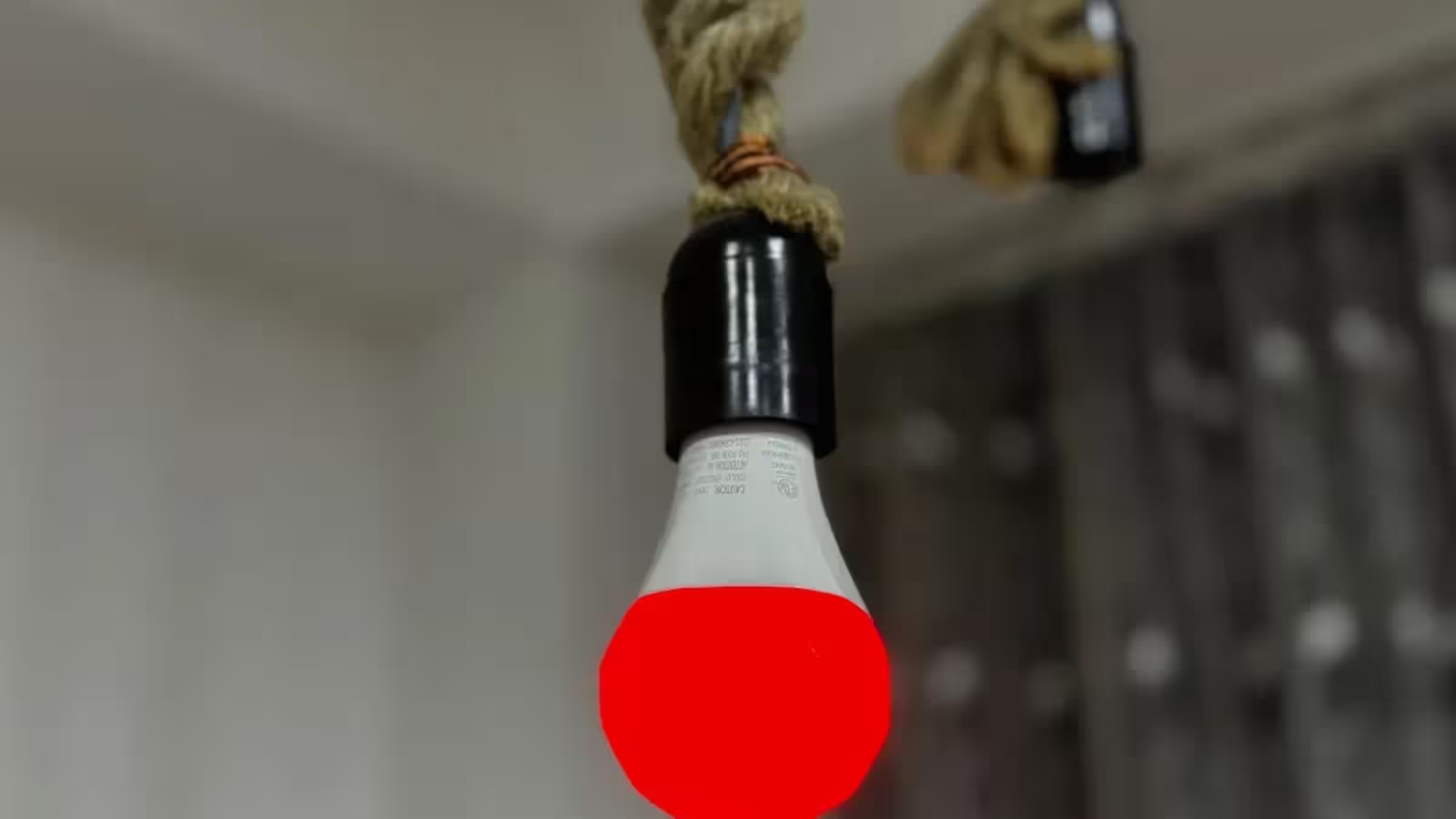3 Minutes
Reimagining Smart Home Devices: A Morse Code Message Lamp
Innovative thinkers in the smart home technology space are constantly finding creative new ways to use familiar devices. One recent project has captured the imagination of the tech community: a DIY smart bulb that discreetly sends messages using Morse code signals—all managed through the popular Home Assistant platform.
How the Project Works
At the heart of this project is Home Assistant, an open-source home automation hub known for its flexibility and powerful automation capabilities. By leveraging the flexibility of Home Assistant alongside the Pyscript add-on, a tech enthusiast transformed a standard smart light bulb into a covert communication tool.
Through the integration of Tuya Local, the creator bypassed traditional cloud limitations, gaining direct local network control of their smart bulbs. According to reports from XDA, this move enabled the development of unique automations, most notably the ability to transmit personalized Morse code signals with precise on/off light patterns. Pyscript, a Home Assistant extension for running Python scripts, made implementation quick and didn’t require cumbersome full-system integrations.
Features and Automation Flexibility
The process involves mapping standard alphanumeric characters to their Morse code equivalents. Custom Python scripts then control the bulb’s blinking pattern, dictating the timing of "dots" and "dashes" by toggling the light. Thanks to Home Assistant’s straightforward device identification, users can easily control lighting behaviors, tailoring signal sequences for fun or utility. Notably, Pyscript is optimized for asynchronous script execution by default—a smart feature for handling time-sensitive actions.
Real-World Use Cases and Advantages
While this project started as an entertaining experiment, its practical applications quickly became apparent. For example, bulbs can be programmed to blink a specific Morse code sequence during server failures or outages, serving as a visual alert system. Integrations with monitoring tools such as Uptime Kuma enable even more sophisticated, reliable light-based notifications—turning simple home lighting into powerful smart home alerts.
Smart Home Innovation and Market Potential
This project highlights the remarkable potential of combining creativity and programming skills with off-the-shelf smart home technology. Tools like Pyscript let users manage devices at a deeper level, making it possible to reimagine the purpose of everyday gadgets. Whether for playful secret messaging, robust alerting systems, or creative automations, the possibilities for smart home customization are rapidly expanding. As the market for home automation continues to grow, experiments like this demonstrate the untapped potential within even the simplest devices.
With just a bit of ingenuity, ordinary smart bulbs have been transformed into novel tools for both fun and function—showcasing the depth of innovation achievable today in modern connected homes.
Source: xda-developers



Comments